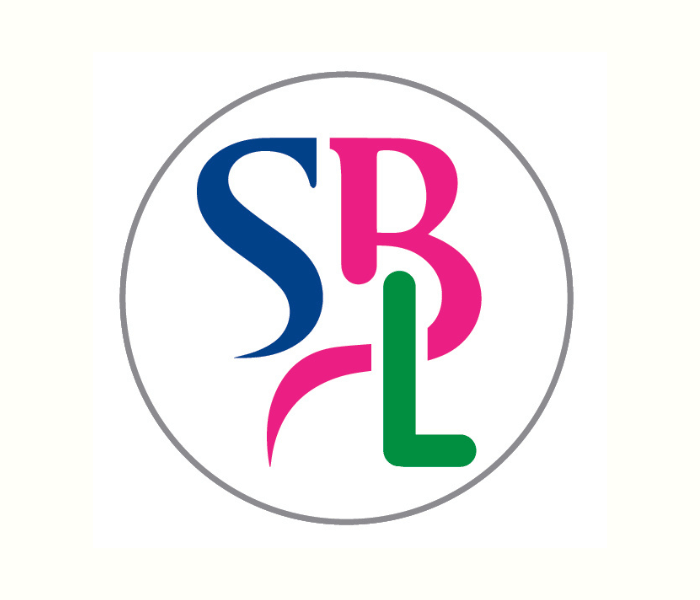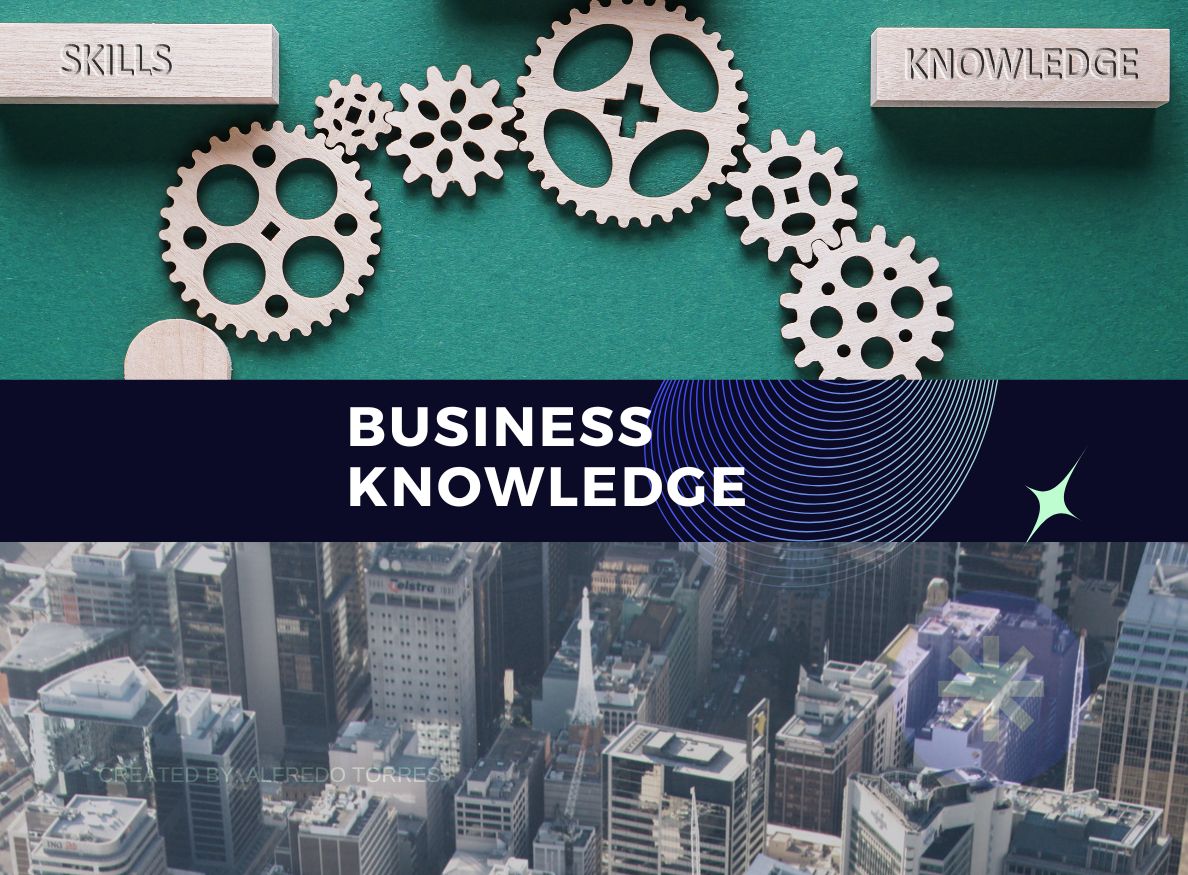In today’s fast-paced and highly competitive business environment, knowledge is power. The ability to effectively manage business knowledge can be the difference between success and failure. But what exactly is business knowledge, and how can you manage it to ensure your business stays ahead of the curve? This blog will explore the concept of business knowledge management, discuss its benefits and drawbacks, and provide practical steps to implement an effective system in your organization.
What is Business Knowledge?
Business knowledge encompasses all the structured information related to various aspects of your business. This includes:
- Customer Information: Insights into customer preferences, behaviors, and expectations.
- Market Data: Understanding market trends, competition, and industry developments.
- Resource Information: Knowledge about your business resources, including human, financial, and technological resources.
- Financial Knowledge: Details about your financial health, budgeting, cash flow, and profitability.
- Competitor Analysis: Information about your competitors’ strengths, weaknesses, strategies, and market positioning.
- Internal Competencies: Knowledge of your team’s skills, strengths, weaknesses, and potential.
- SWOT Analysis: A clear understanding of your business’s strengths, weaknesses, opportunities, and threats.
This knowledge is crucial for making informed decisions, driving innovation, and maintaining a competitive edge.
How to Manage Business Knowledge?
Managing business knowledge involves a systematic approach to identifying, capturing, organizing, and utilizing knowledge to meet business objectives. Here’s how you can manage business knowledge effectively:
- Identify Knowledge and Skills Gaps
The first step in business knowledge management is to identify the gaps in knowledge and skills within your organization. This includes:
- Assessing Personal Knowledge: As a business leader, evaluate your own knowledge and skills. Are there areas where you need to improve?
- Evaluating Team Competencies: Similarly, assess the knowledge and skills of each individual in your business. Identify areas where training or additional resources are needed.
- Understanding Customer Needs: Learn what your customers expect in terms of quality and professionalism. Compare this with your current capabilities to identify gaps.
For example, if you run a digital marketing agency and notice that your team lacks advanced SEO knowledge, this gap could hinder your ability to meet client expectations. Recognizing this gap allows you to take action, such as providing training or hiring experts.
- Bridge the Knowledge Gap
Once gaps are identified, the next step is to bridge them. This can be done by:
- Providing Training and Development: Offer training programs to enhance the skills of your team.
- Hiring Skilled Professionals: Bring in new talent with the required expertise.
- Acquiring New Tools and Resources: Invest in the tools and technologies that can enhance your business capabilities.
For instance, if your gap analysis reveals that your team lacks data analytics skills, you could arrange for data analytics workshops or hire a data analyst to fill this gap.
- Continuous Gap Analysis
Knowledge management is an ongoing process. Regularly conduct gap analyses to ensure that your team’s knowledge and skills evolve with the changing business environment. This proactive approach helps you stay ahead of competitors and meet your customers’ evolving needs.
Developing a System for Business Knowledge Management
Creating a robust system for managing business knowledge requires careful planning and consistent execution. Here’s how to develop an effective system:
- Organize and Document Knowledge
Proper documentation is the foundation of knowledge management. Ensure that all business processes, forms, and databases are well-organized, easily accessible, and regularly updated. This includes:
- Customer Databases: Prioritize and organize customer information to ensure quick access and effective customer relationship management.
- Supplier Databases: Keep your supplier information updated to maintain smooth supply chain operations.
- Process Documentation: Document all business processes to ensure consistency and facilitate training for new employees.
For example, maintaining an up-to-date CRM system allows your sales team to quickly retrieve customer information and provide personalized service, enhancing customer satisfaction.
- Implement Technology Solutions
Leverage technology to streamline knowledge management. Tools like cloud storage, project management software, and knowledge bases can make it easier to store, organize, and retrieve information.
- Regularly Update Knowledge
Business knowledge is dynamic. As your business grows, so will the knowledge and data it generates. Regularly update your knowledge base to reflect new insights, market changes, and technological advancements.
- Encourage a Knowledge-Sharing Culture
Promote a culture where knowledge sharing is encouraged and rewarded. This can be done by:
- Creating Knowledge Repositories: Develop centralized repositories where employees can share insights, best practices, and lessons learned.
- Encouraging Collaboration: Use collaboration tools and encourage cross-departmental projects to facilitate the exchange of knowledge.
For instance, a shared intranet platform where employees can contribute and access knowledge articles helps ensure that valuable information is not siloed but shared across the organization.
Benefits of a Business Knowledge Management System
Implementing a business knowledge management system offers several benefits:
- Improved Decision-Making: Access to accurate and up-to-date information enables better decision-making.
- Enhanced Efficiency: Well-organized knowledge reduces the time spent searching for information, leading to higher productivity.
- Competitive Advantage: A well-informed business can anticipate market changes and respond more effectively than its competitors.
- Better Customer Service: Understanding customer needs and expectations allows you to tailor your services, improving customer satisfaction.
- Employee Development: Regular training and knowledge sharing contribute to continuous employee development and job satisfaction.
Conclusion
Business knowledge management is a critical component of modern business strategy. By effectively managing knowledge, businesses can improve decision-making, enhance efficiency, and gain a competitive edge. While the implementation of a knowledge management system requires careful planning and resources, the benefits far outweigh the drawbacks. By continuously analyzing and bridging knowledge gaps, organizing information, and fostering a culture of knowledge sharing, businesses can navigate the complexities of today’s marketplace with confidence and agility.













